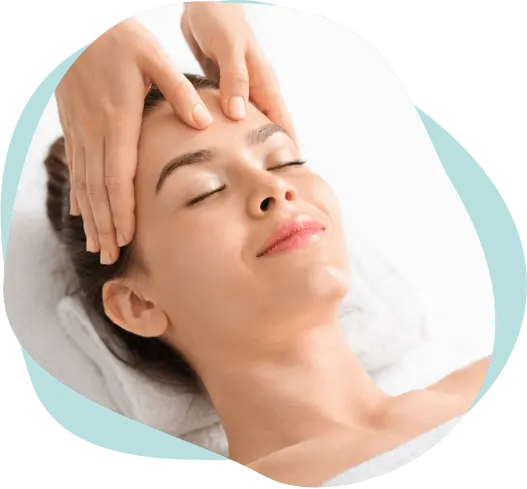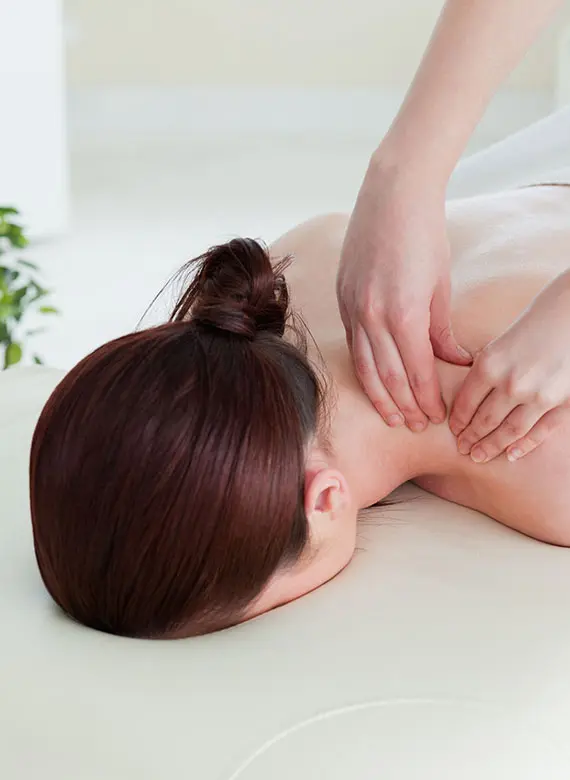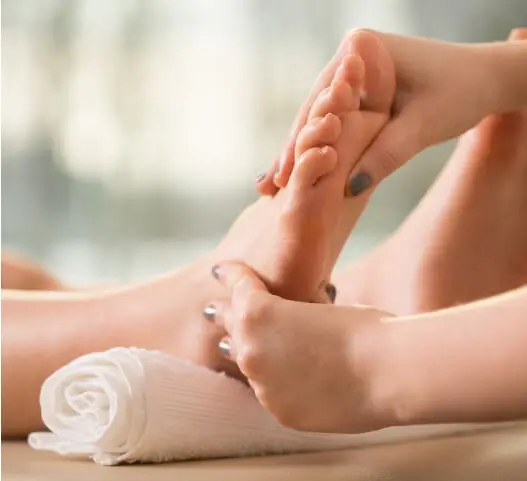ACUPRESSURE & MASSAGE
Learn more about
Acupressure & Massage
Restore health and balance in your body with targeted acupressure massage
Acupressure is a tool used in Chinese Medicine to treat a variety of conditions, and can be thought of as acupuncture without using needles. Instead, manual pressure is applied to points on the body that are sore and tender to the touch. We call these specific points “acupressure points”. Pressure is applied to these painful areas using the fingertips, palm of the hands, knuckles, and elbow.

631-403-0504


Do you know?
What can acupressure treat?
Like acupuncture, acupressure is used to treat orthopedic conditions (of the bone and muscles), however, it can help treat many other conditions and symptoms. Acupressure has been proven to alleviate the following conditions (and more):
- Neck/back pain
- Shoulder pain
- Tennis/golfer’s elbow
- Headaches and migraines
- Hip and gluteal pain
- Knee pain
- Achilles tendonitis
- Plantar fasciitis
- Sciatica
- Muscular strains/ligament sprains
- Chronic pain
- Improve athletic performance/recovery
How does it work?
How does acupressure relieve pain?
First an acupressure point is chosen by locating a body part for soreness and tenderness. Acupressure points are located on both the site of pain (local) and far away from the site of pain (distal). Pressing these local and distal points for 30 seconds to 3 minutes at a time can help release muscle tension and promote blood circulation, leading to significant pain relief.
Acupressure massage is one of the cornerstones of Chinese Medicine. At Messina Acupuncture, acupressure is incorporated into every treatment plan. Acupressure is a powerful healing tool and is one of the many reasons why our clinic differs from conventional acupuncture clinics that limit themselves to acupuncture alone

If you or a loved one is considering acupuncture, acupressure, medical massage, dry needling or trigger point releases to help ease chronic pain or deal with symptoms of chronic conditions or diseases,
Please call our office at

631-403-0504
to request an appointment and learn more about our individualized treatment plans.
You shouldn’t have to live with pain. We can help.